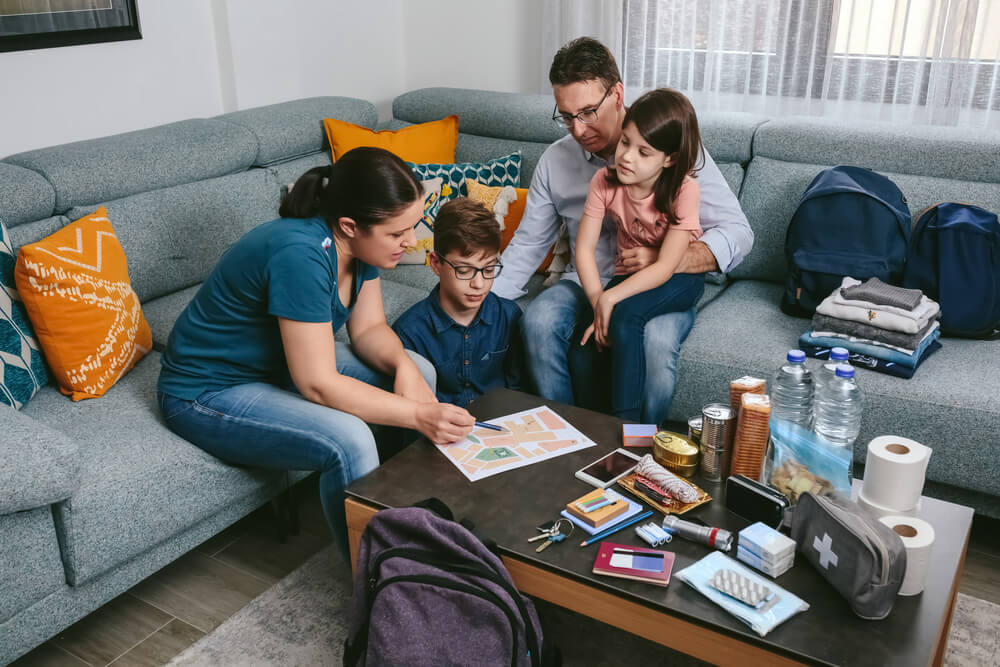Emergencies: Prevent, Prepare, Provide
5 minute read

Thinking about emergencies can be stressful, but if you think ahead, you can be better prepared for and more confident during a disaster. First, of course, you want to take some steps to prevent emergencies from occurring or reduce their consequences when they do. Then, you want know your home well and have at least the basic emergency supplies on hand. Follow these guidelines to worry less about emergencies.
Prevent. Take some steps to prevent the emergency:
- Install and check your smoke detectors monthly. Replace batteries at least once a year.
- Install and check your carbon monoxide detector monthly. (Some smoke detectors include a carbon monoxide detector).
- Keep your roof and gutters clear of debris to protect your home from wildfire.
Prepare. Gather the knowledge you need to act in an emergency:
- Know where your electrical circuit box is and when and how to turn off your electricity.
- Know when and how to shut off the natural gas (but don’t actually shut it off when you’re getting prepared.
- Know where and when to shut off your main water line.
- Learn how to use a fire extinguishers (and make sure everyone in the house knows how to use it and where it is).
- Create a plan with your family if you have to evacuate and practice it.
- Learn first aid and CPR.
Provide. Keep basic emergencies supplies on hand and check them every six months. To get started, build your supply of the bare minimum:
- flashlight and extra batteries
- emergency whistle
- first aid kid
- mask
- supply of water for three days (plan one gallon per person)
- supply of non-perishable food and a manual can opener
- plastic sheeting and duct tape to shelter in place
- baby wipes or moist towelettes, garbage bags and plastic ties (for personal sanitation)
- wrench or multi-tool
